Place The Phases Of The Business Cycle In Order

Economic uncertainty grips the nation as analysts scramble to understand the current market turmoil. Understanding the business cycle has never been more critical.
The business cycle, a fundamental concept in economics, describes the recurring fluctuations in economic activity that an economy experiences over time. Knowing the phases and their order is crucial for investors, policymakers, and businesses to make informed decisions and navigate economic shifts.
The Definitive Order of the Business Cycle Phases
The business cycle consists of four distinct phases, each characterized by specific economic indicators and trends.
1. Expansion (Recovery)
The expansion phase marks a period of economic growth. It begins after a trough, characterized by increasing employment, consumer spending, and business investment.
GDP rises steadily, often fueled by low interest rates and increased confidence. Inflation typically remains moderate during the early stages.
2. Peak
The peak represents the highest point of economic activity in the business cycle. It signifies the end of the expansion phase.
At the peak, economic growth starts to slow, and inflationary pressures often become more pronounced. Unemployment reaches its lowest point.
3. Contraction (Recession)
The contraction phase, also known as a recession, is a period of economic decline. GDP falls for two consecutive quarters, signifying a recession.
Unemployment rises as businesses reduce production and lay off workers. Consumer spending decreases, and business investment slows down.
4. Trough
The trough is the lowest point of economic activity in the business cycle. It marks the end of the contraction phase.
Economic growth is at its weakest, and unemployment is at its highest. However, the trough also signals the beginning of a new expansion phase.
Government intervention through fiscal and monetary policies often occurs during this phase to stimulate economic recovery.
Knowing the order is vital for all economic players.
Expert Commentary
“Understanding the sequential nature of the business cycle is paramount for effective economic forecasting and strategic planning,” stated Dr. Anya Sharma, Chief Economist at Global Analytics, in a recent interview.
"Misinterpreting the current phase can lead to detrimental investment decisions and policy missteps," Dr. Sharma added.
Current Economic Outlook
Recent economic data suggests the economy is showing signs of slowing, according to the Bureau of Economic Analysis (BEA) report released on October 26, 2023.
Experts are debating whether we are approaching a peak or already entering a contractionary phase. The Federal Reserve's monetary policy decisions will be pivotal in determining the trajectory of the economy over the coming months.
The next steps involve closely monitoring key economic indicators. Stay informed on upcoming economic data releases and expert analyses.
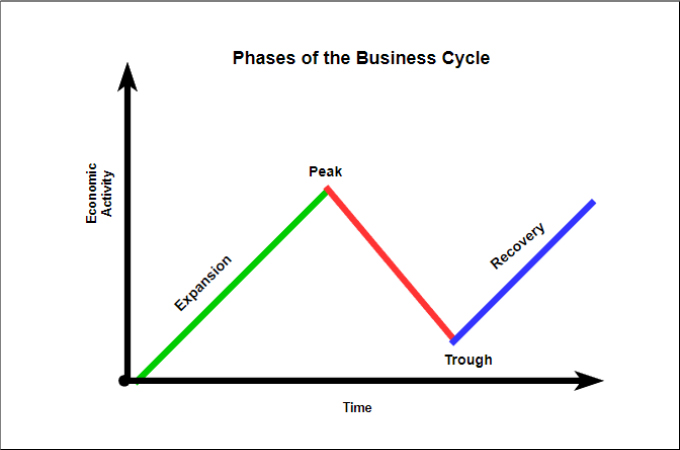

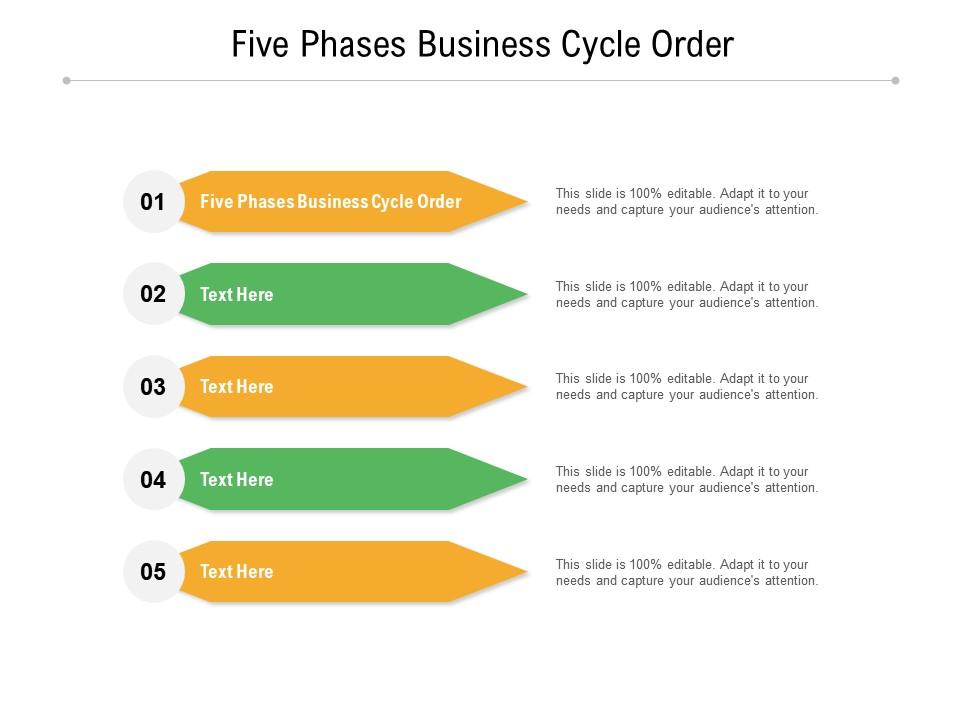
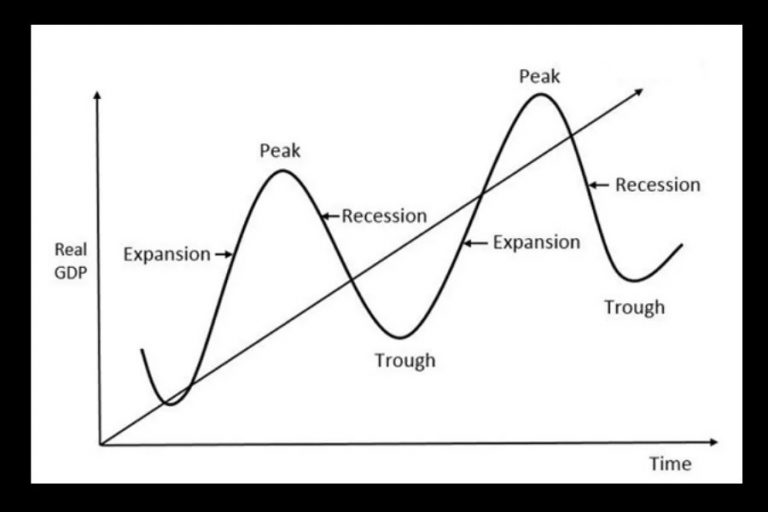
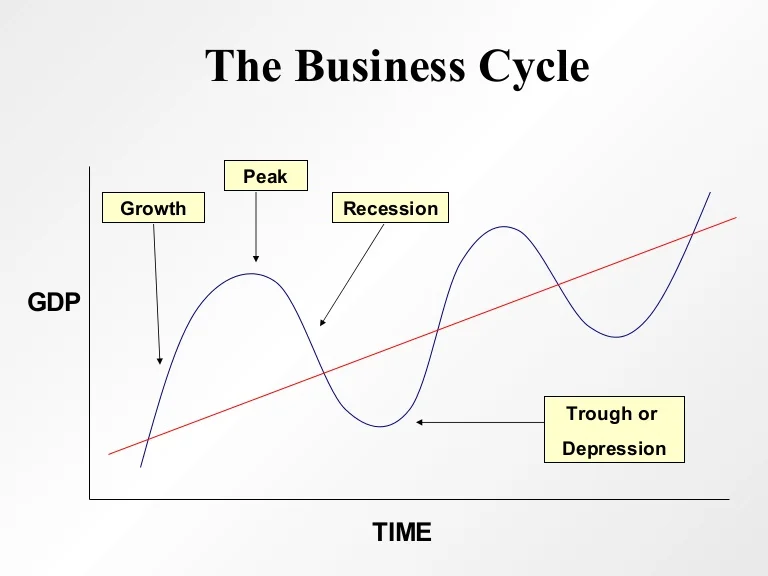
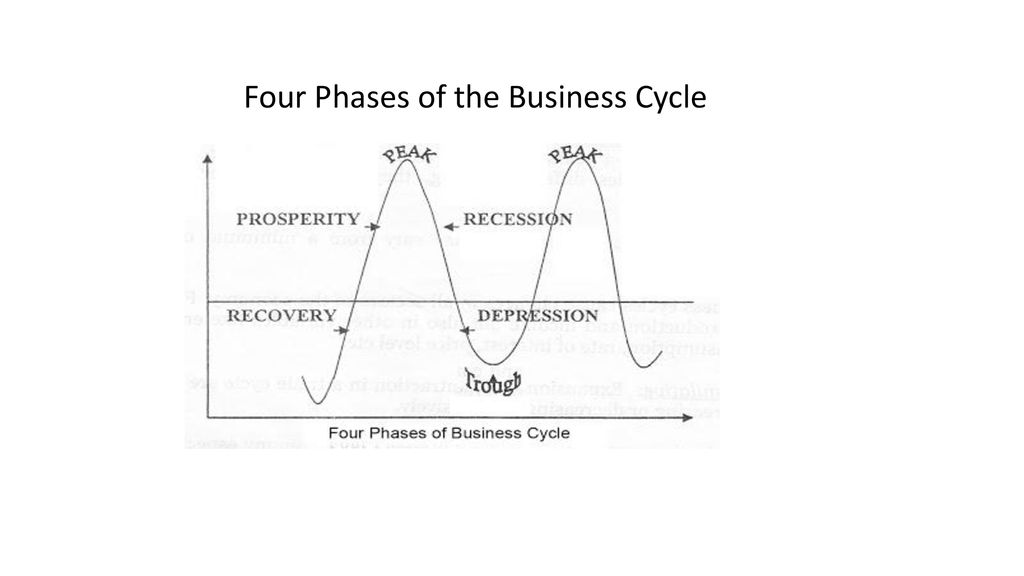
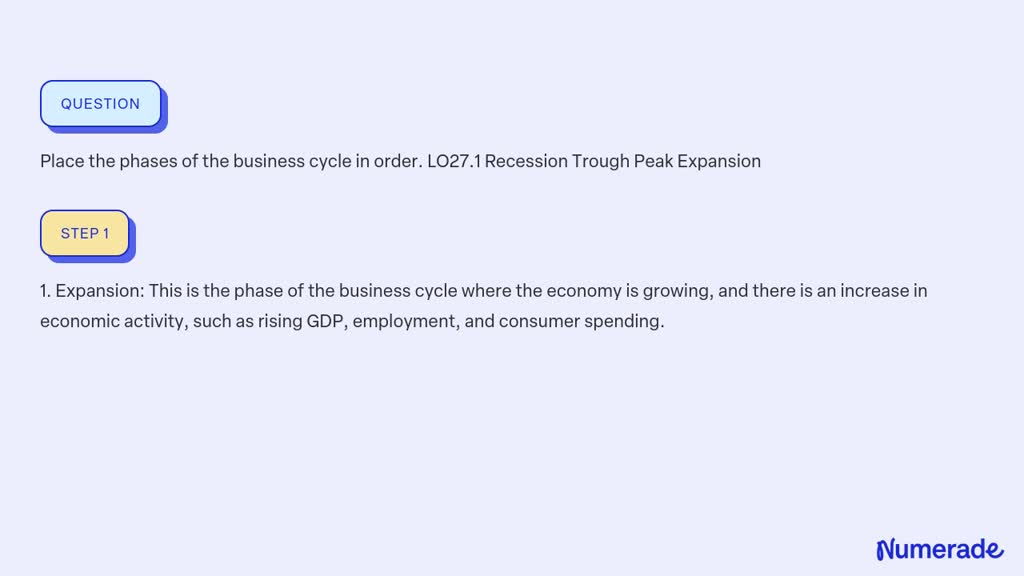
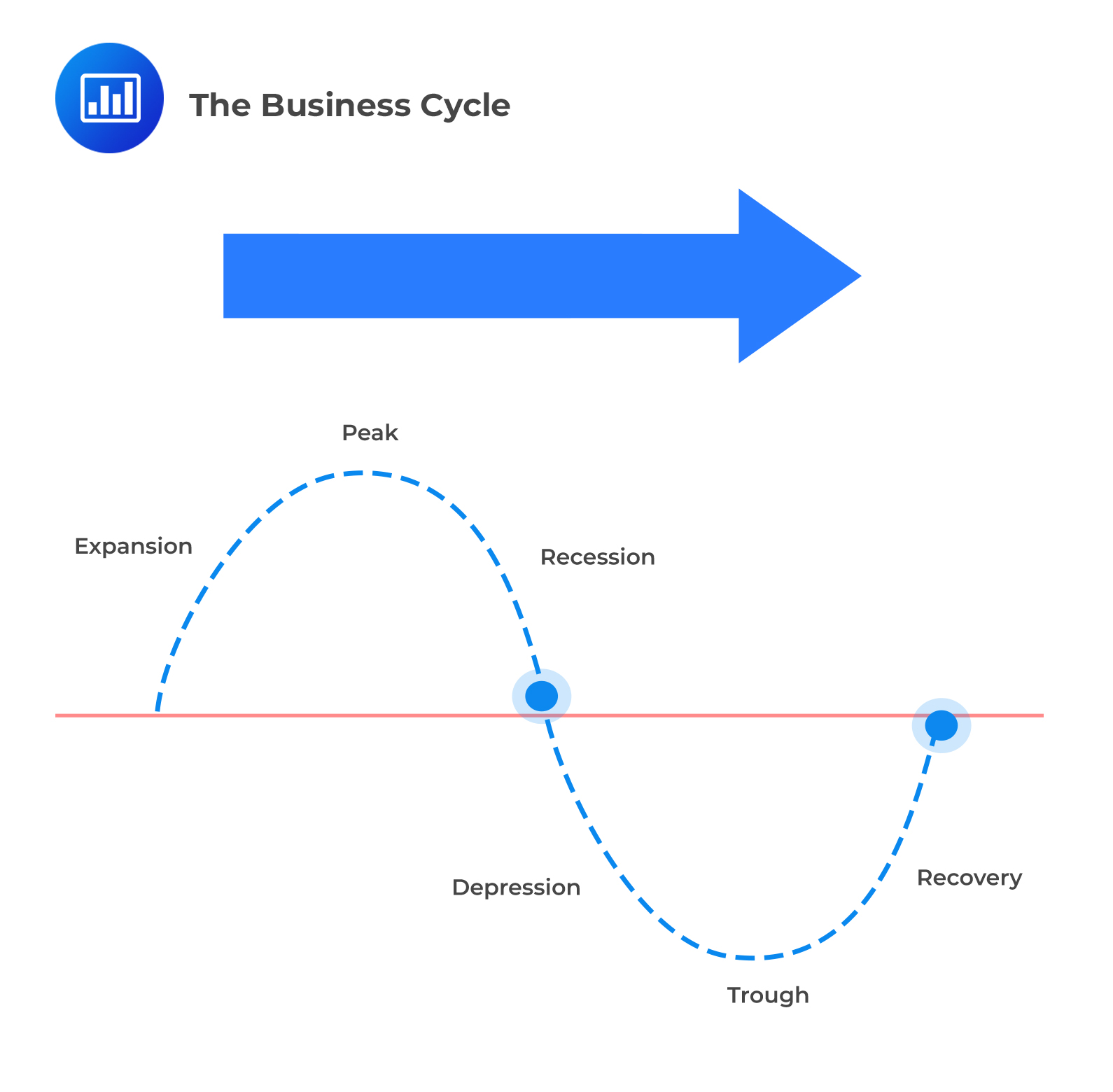

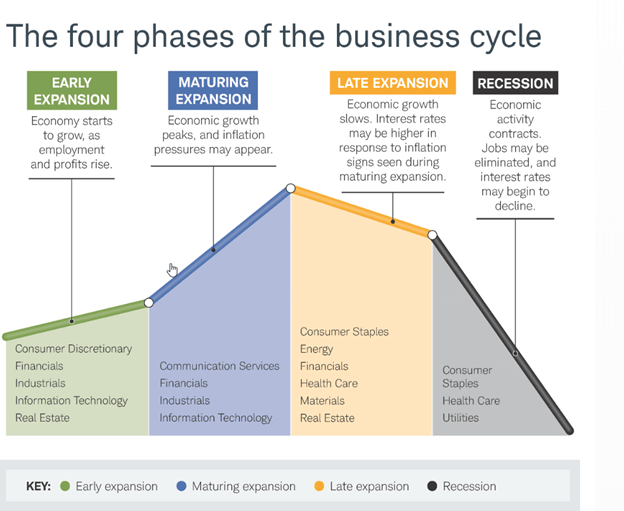

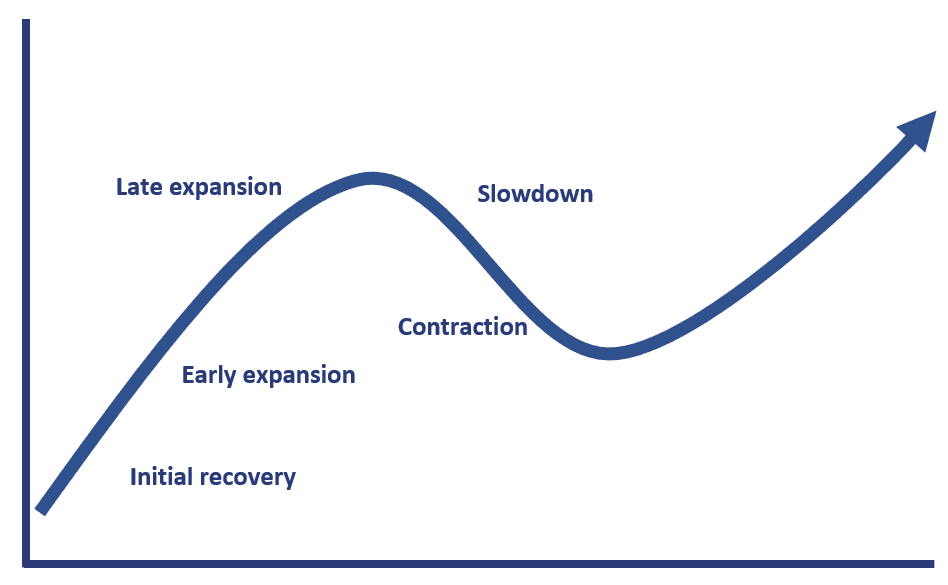
:max_bytes(150000):strip_icc()/phasesofthebusinesscycle-c7cb7a3ce6894e86a3e44d5b0fe4d5e2.jpg)
:max_bytes(150000):strip_icc()/businesscycle-013-ba572c5d577c4bd6a367177a02c26423.png)

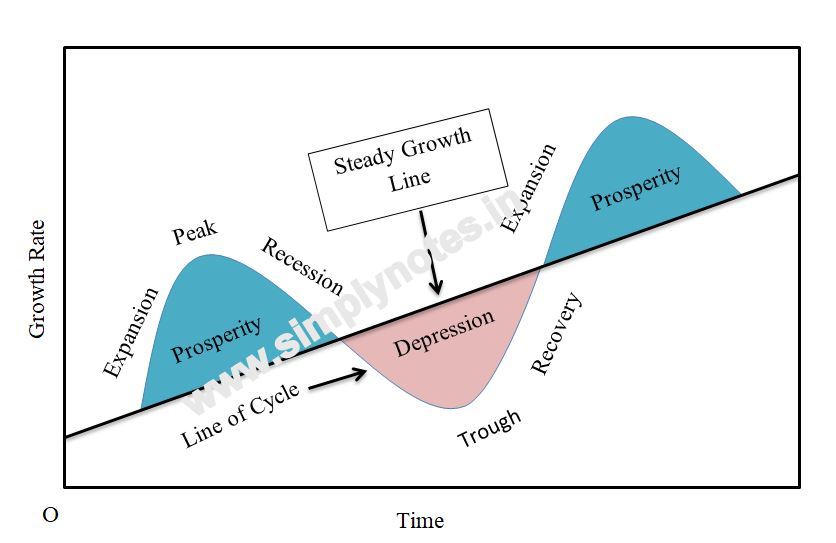

.png)
